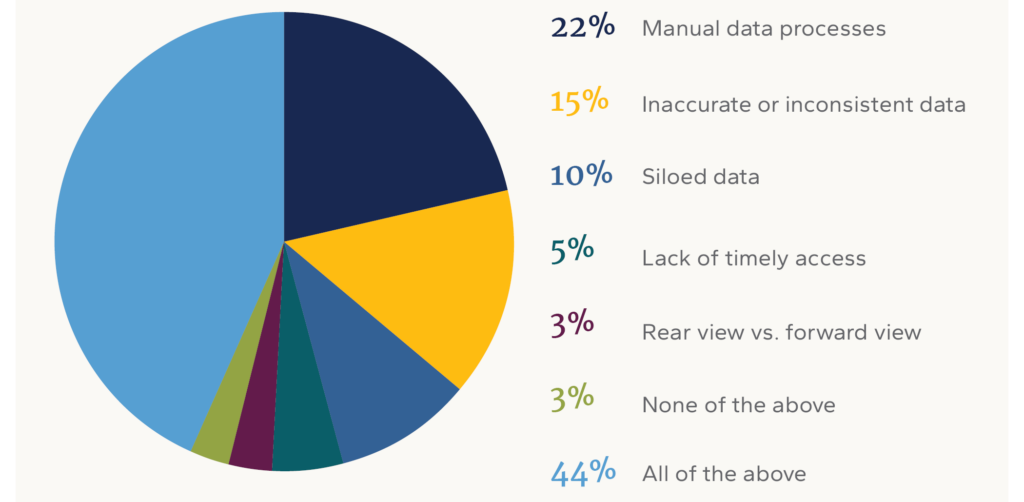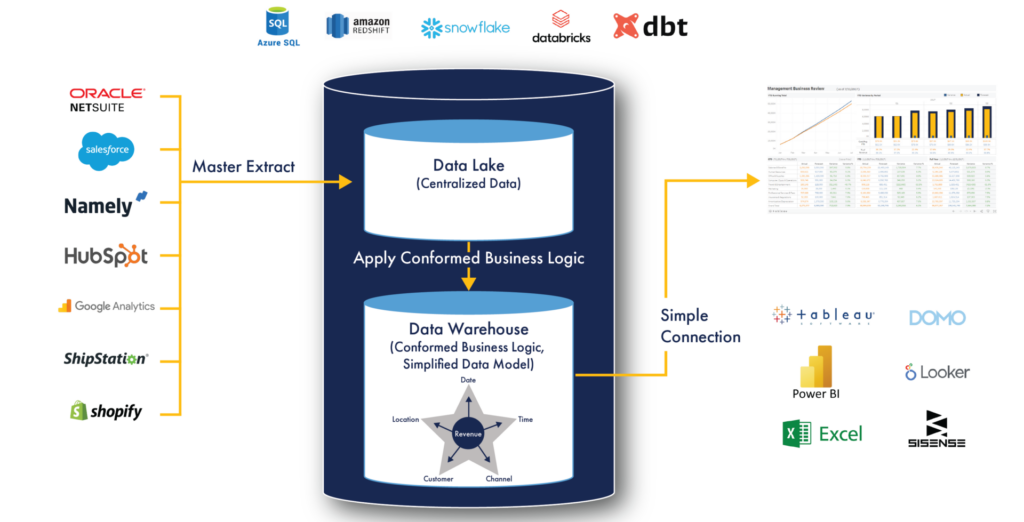The data-driven approach of top-performing CFOs
Feb. 20, 2024
This paid piece is sponsored by Eide Bailly LLP.
By Brad Mendel, principal
A version of this article first appeared on EideBailly.com.
Savvy Sioux Falls executives know that to be successful in this digital age you need to be “plugged-in.” Without real-time financial data, it’s nearly impossible to make informed decisions about your company. And there are studies to back up this idea.
One, from McKinsey, indicates that the number of finance leaders responsible for their organization’s digital activities has more than tripled over the past five years. The same study shows that the finance team’s adoption of digital is more common at the best-performing organizations — and that technology adoption in finance is a leading indicator of an organization’s overall resilience.
For organizations to become disruptive leaders in a changing marketplace, CFOs need to lead intentionally with data-driven decisions. This goes beyond simple financial statements and delayed month-end reports. Rather, it requires a real-time view into operations — which can be achieved only with accurate and accessible data.
Developing a successful data strategy
In a recent survey, business leaders identified the impact of poor data on their organizations:
While these problems can be the result of a number of issues, creating a data strategy will help solve all of them.
Developing a successful data strategy and data culture begins with thoroughly understanding the business requirements. Each functional office will have different goals they are trying to achieve and will need different information to track their KPIs and support those goals.
Performing a data assessment is an important step in aligning your data strategy with your overall business strategy. This will help inform what comes next — preparing your technology infrastructure and creating meaningful insights.
Role of data storage in your data strategy
Finance teams do the majority of their financial planning in Excel. It is not uncommon for an entire FP&A process to live in a single spreadsheet.
As organizations grow, it becomes increasingly difficult to have a real-time view into operations — especially when it takes analysts hours or days to run what-if scenarios. These inefficiencies are the result of trying to use a data reporting tool as a data storage tool.
Centralizing your data creates a single source of truth that you can rely on for real-time insight.
When evaluating your technology infrastructure, it’s important to make selections that will provide the most business value. The tool with the most hype surrounding it may not be the best one for your organization.
You must determine whether you should host your data in the cloud or in an on-premise system, make a plan for data migration and integration, and understand how you will build and visualize your reports.
How to gain value from your data
The insights you gain from your data should help you make more informed decisions. Follow these best practices when creating a plan for reporting:
- Reports should make key takeaways easy to spot.
- The visuals in reports should tell a story that is meaningful and easy to understand.
- Insights should be shareable across the organization.
- Reports should allow for drill-down analysis.
Keep in mind that your data can be centralized, organized and accessible, but it is useless if it’s not telling you what you need to know about your business. Read more about the top 10 data visualization mistakes to avoid so you can get the most out of your data.
Next-level value: Adopting artificial intelligence
Not only do you rely on a strong data infrastructure for reporting, but to effectively adopt AI into your organization, your data also must be accessible, accurate and up to date. Without proper data preparation, any AI initiative you undertake will not provide any meaningful value.
Learn more about data’s role in AI and how you can lead your organization into a new generation of technology in our recent webinar.
Leading with data
If you want to become a more data-driven leader and enable your organization to remain competitive with advancing technologies, Eide Bailly is here to help. Whether you have no internal data analytics team or a robust data team, we can meet you where you are and support your data initiatives.










